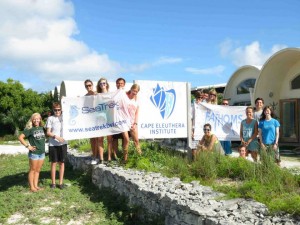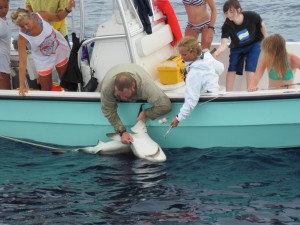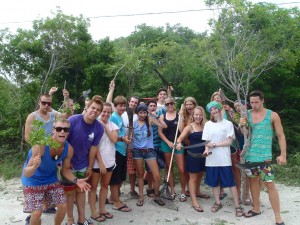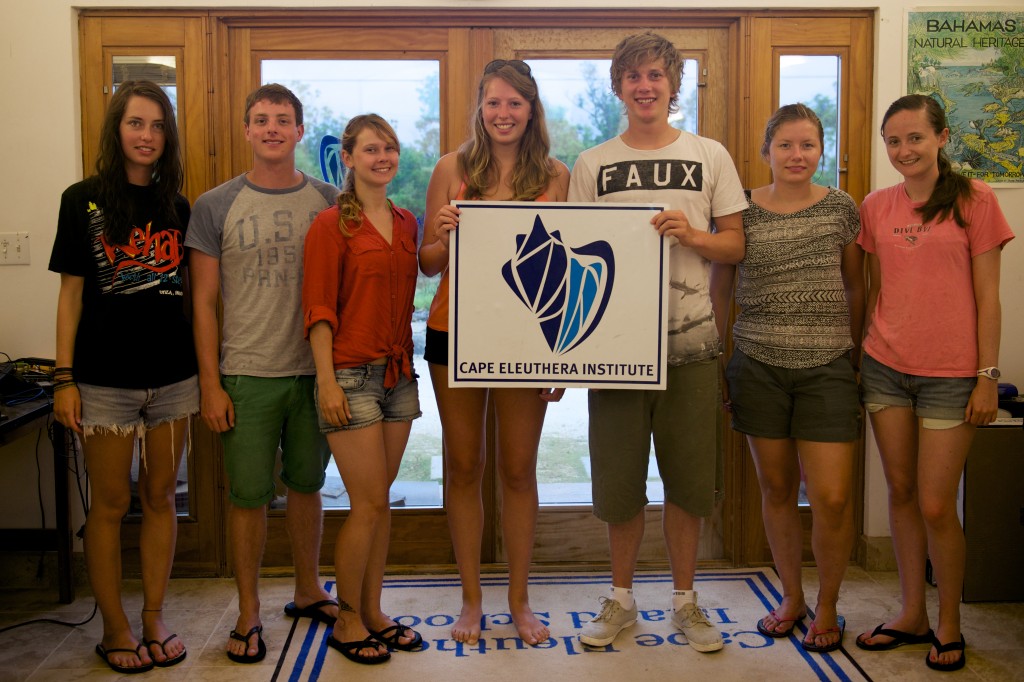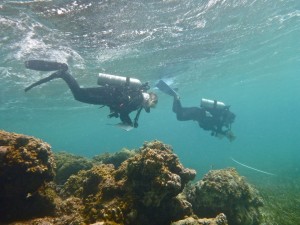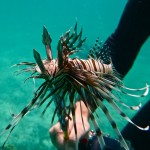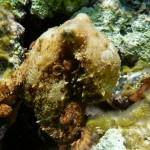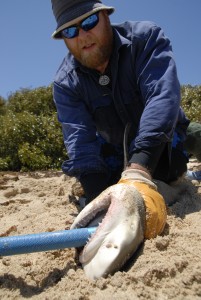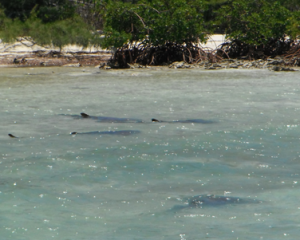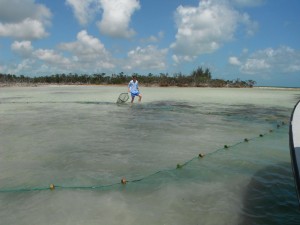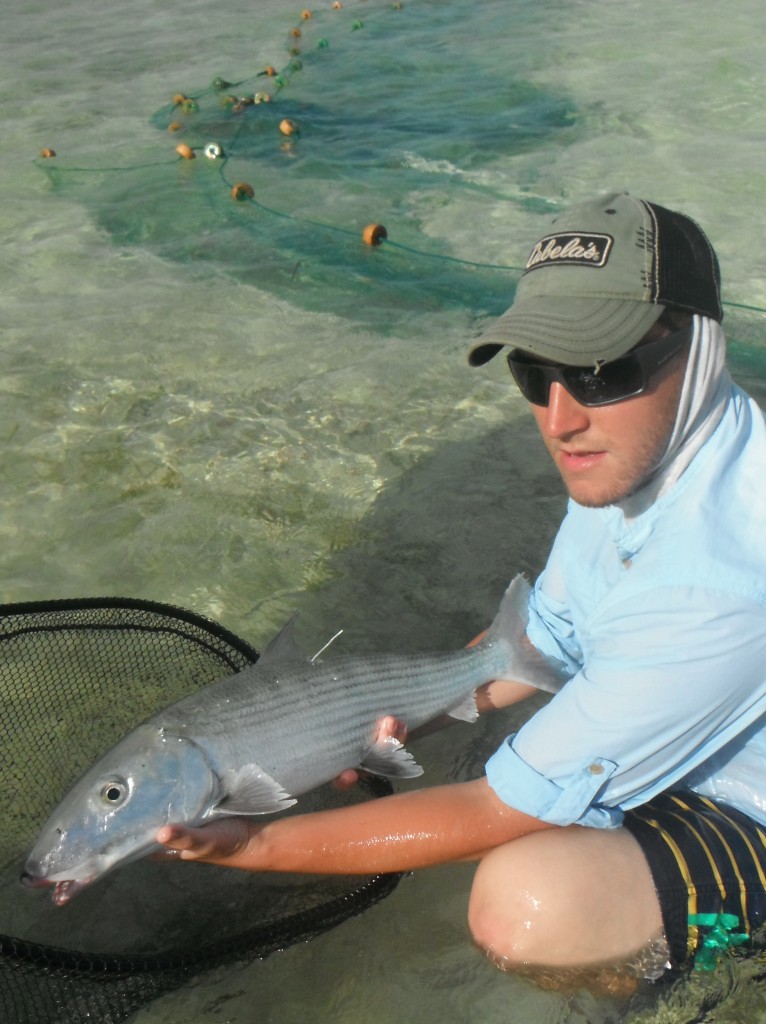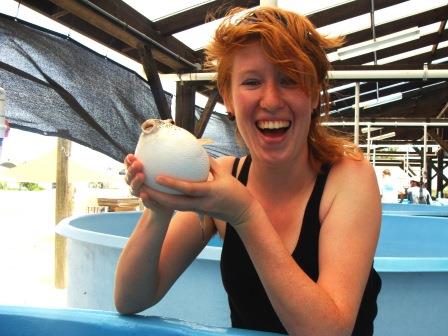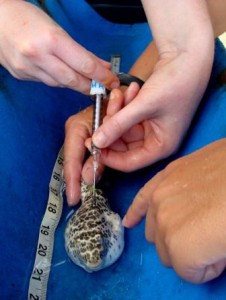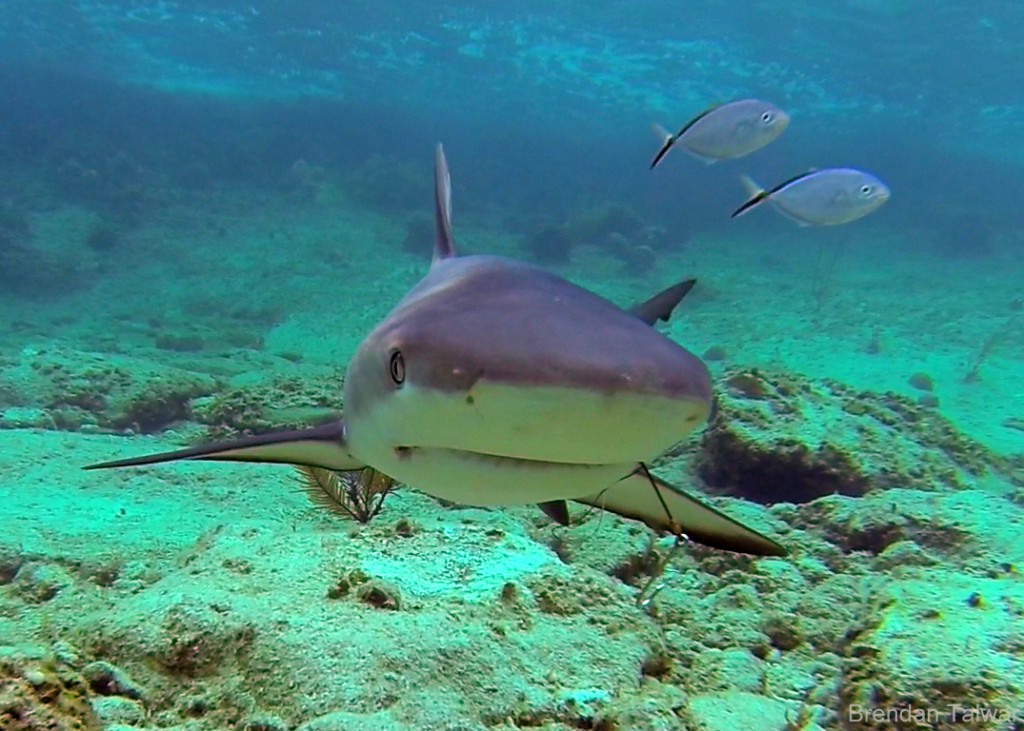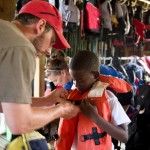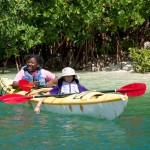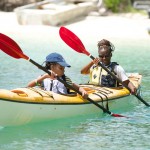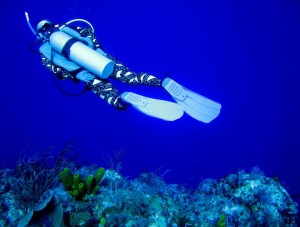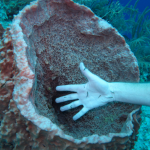The 2013 Joint Meeting of Ichthyologists and Herpetologists was held July 10 -15 in Albuquerque, New Mexico. The American Elasmobranch Society participated by hosting 5 days of shark and ray research presentations, and was attended by CEI Research Manager Annabelle Brooks. Topics covered the latest research on the movements, biology, physiology, reproduction and ecology of a variety of species, in the deep sea to shallow coastal habitats. The impressive list of presenters came from all over the United States and Europe, including many graduate students.
Three presentations focused on studies conducted at the Cape Eleuthera Institute. Dr. Jeff Stein, University of Illinois, presented the results of the shark population surveys conducted at ‘the bridge’ over the last 2 years, which show an increase in the abundance of Caribbean reef sharks in the area over the last 30 years. Dr. John Mandelman, New England Aquarium, presented the ongoing study investigating the impact of longline capture on the physiology of sharks, and Ian Hamilton, Memorial University, presented the data he collected during his Masters project conducted last year at CEI. Finally, two past Shark Research and Conservation Program interns attended to present their Masters research projects – congratulations Alexandra Pickard and Jimmy Kilfoil.
